Report this entry
More from the same community-collection
Silver Poodle Club Dance Advertisement, 1967
A January 8, 1967 El Paso Times advertisement for a dance held ...
The Interpreter, Vol. 20, 1964 pgs. 2, 5
The September, 1964 issue of The Interpreter, a regional ...
The Interpreter, Vol. 20, 1964 pgs. 6, 3
The September, 1964 issue of The Interpreter, a regional ...
The Interpreter, Vol. 20, 1964 pgs. 4, 7
The September, 1964 issue of The Interpreter, a regional ...
"Beauticians to Present Debutantes" El Paso Times Article, 1968
A November 17, 1968 El Paso Times page featuring an article on ...
Citywide Beauticians Club "Debutantes of 1968-1969" Program Cover
The front cover of the Citywide Beauticians Club's "Debutantes ...
Citywide Beauticians Club "Debutantes of 1968-1969" Program
Page 1 of the Citywide Beauticians Club's "Debutantes of ...
Citywide Beauticians Club "Debutantes of 1968-1969" Program
Pages 2 and 3 of the Citywide Beauticians Club's "Debutantes of ...
Citywide Beauticians Club "Debutantes of 1968-1969" Program
Pages 4 and 5 of the Citywide Beauticians Club's "Debutantes of ...
Citywide Beauticians Club "Debutantes of 1968-1969" Program
Pages 6 and 7 of the Citywide Beauticians Club's "Debutantes of ...
Citywide Beauticians Club "Debutantes of 1968-1969" Program
Pages 8 and 9 of the Citywide Beauticians Club's "Debutantes of ...
Citywide Beauticians Club "Debutantes of 1968-1969" Program
Pages 10 and 11 of the Citywide Beauticians Club's "Debutantes ...
Citywide Beauticians Club "Debutantes of 1968-1969" Program
Pages 12 and 13 of the Citywide Beauticians Club's "Debutantes ...
Citywide Beauticians Club "Debutantes of 1968-1969" Program
Pages 14 and 15 of the Citywide Beauticians Club's "Debutantes ...
Citywide Beauticians Club "Debutantes of 1968-1969" Program
Pages 16 and 17 of the Citywide Beauticians Club's "Debutantes ...
Citywide Beauticians Club "Debutantes of 1968-1969" Program
Pages 18 and 19 of the Citywide Beauticians Club's "Debutantes ...
Citywide Beauticians Club "Debutantes of 1968-1969" Program
Pages 20 and 21 of the Citywide Beauticians Club's "Debutantes ...
Citywide Beauticians Club "Debutantes of 1968-1969" Program
Pages 22 and 23 of the Citywide Beauticians Club's "Debutantes ...
Citywide Beauticians Club "Debutantes of 1968-1969" Program
Pages 24 and 25 of the Citywide Beauticians Club's "Debutantes ...

















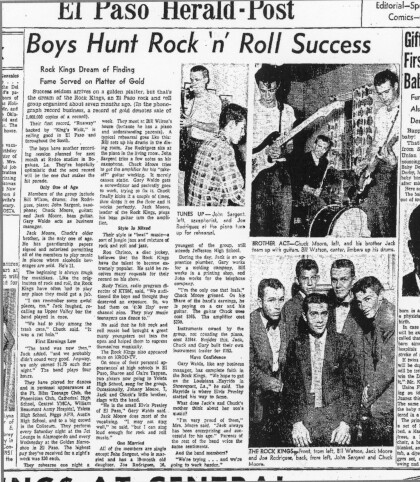
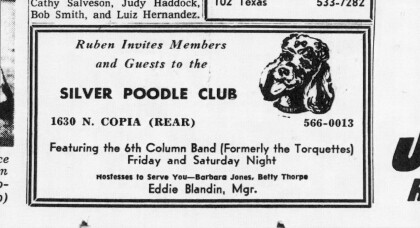
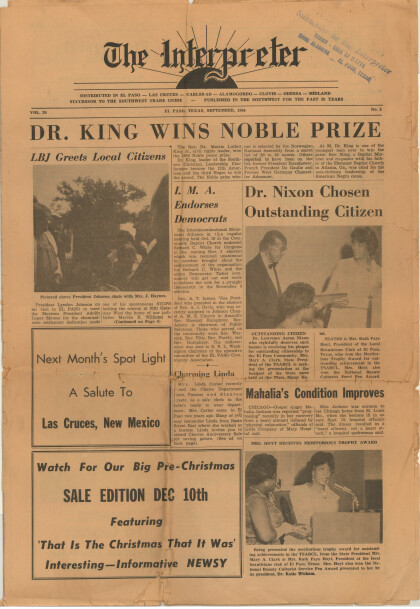
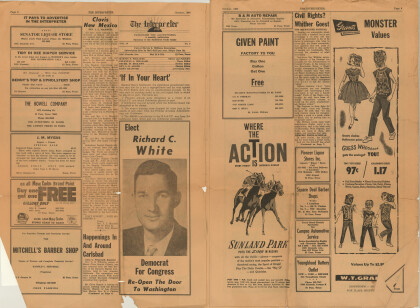
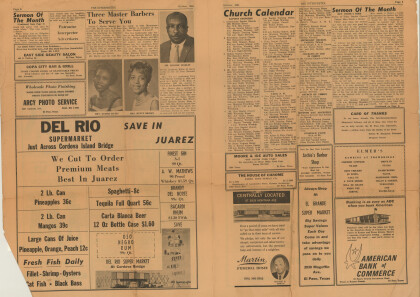
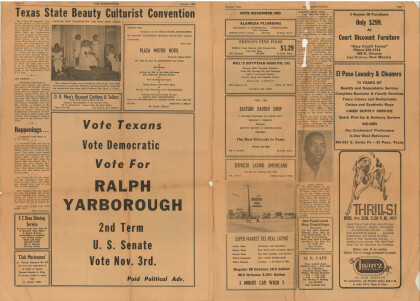
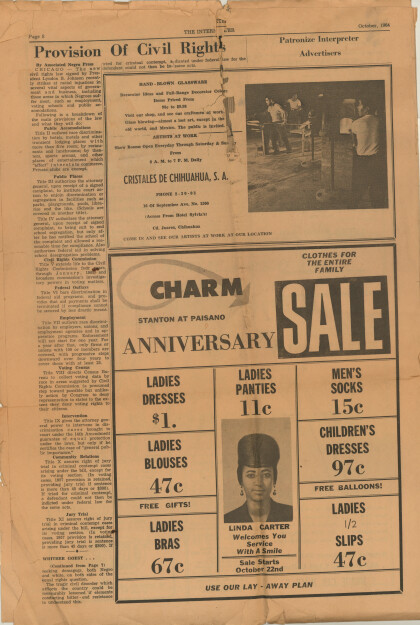
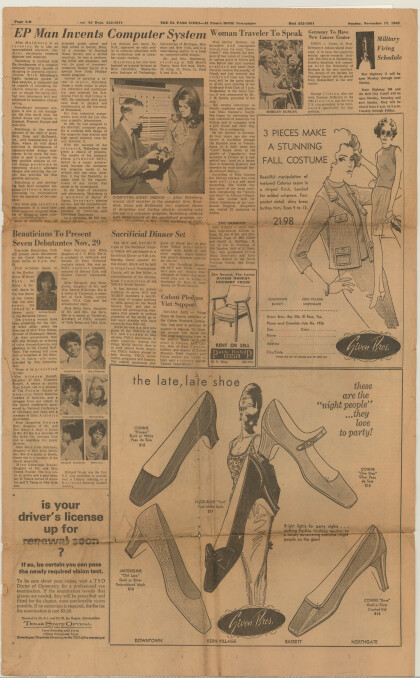
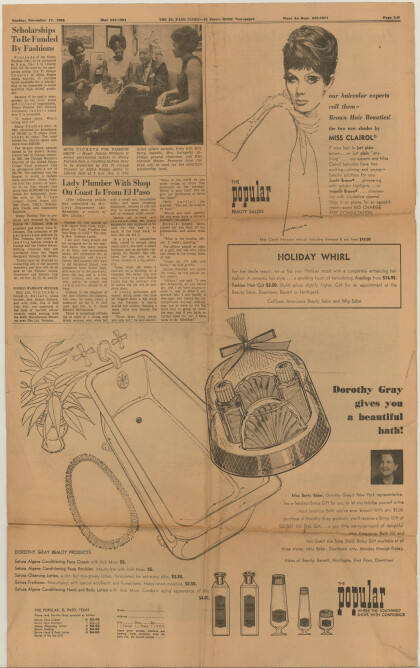
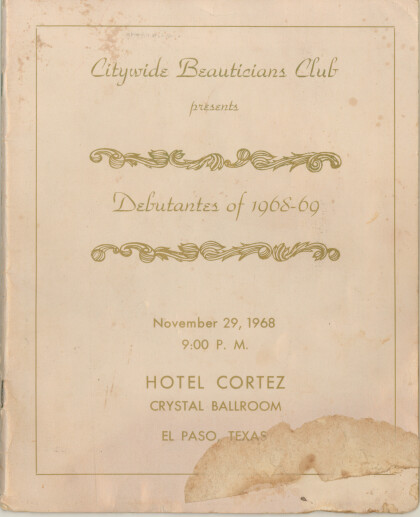
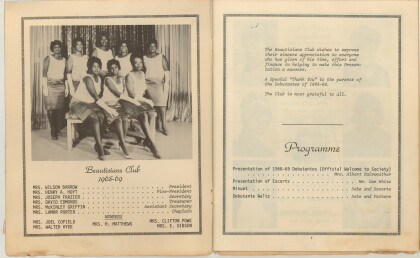
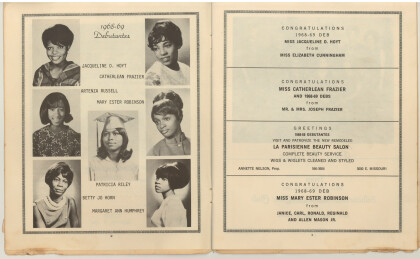
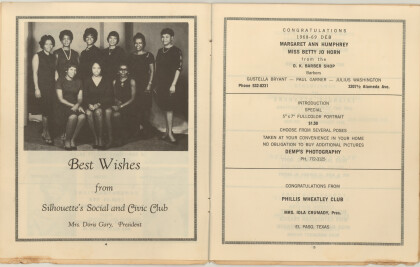
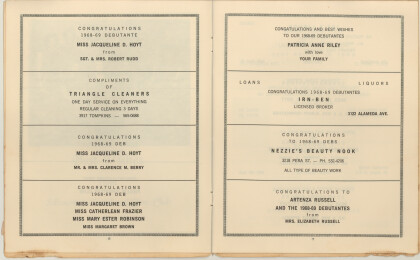
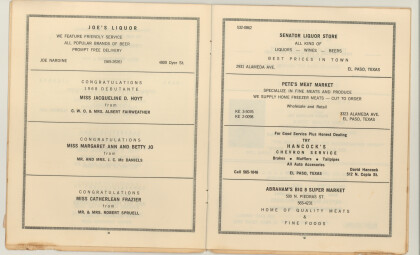
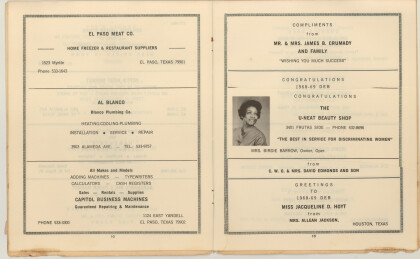
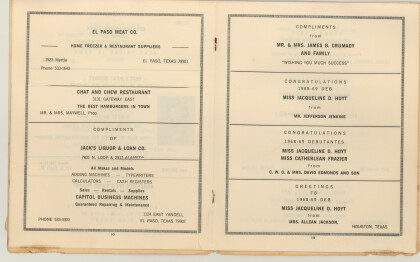
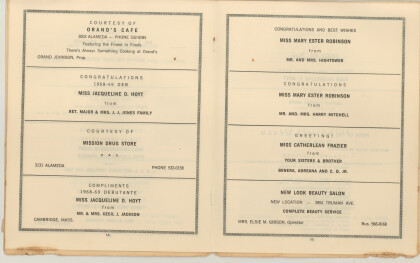
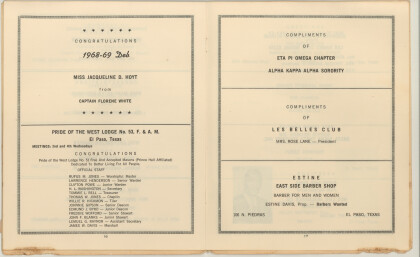
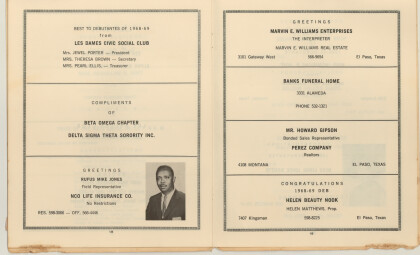
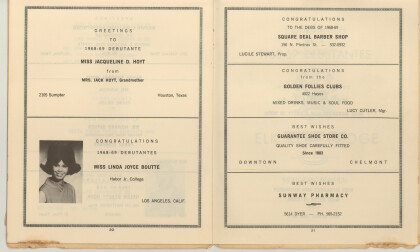
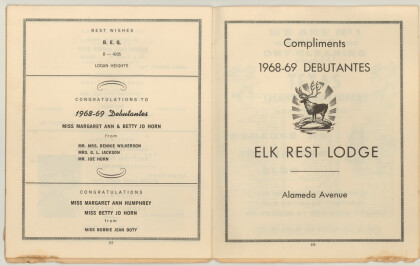
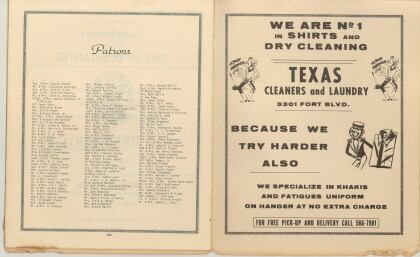
Comments
Add a comment